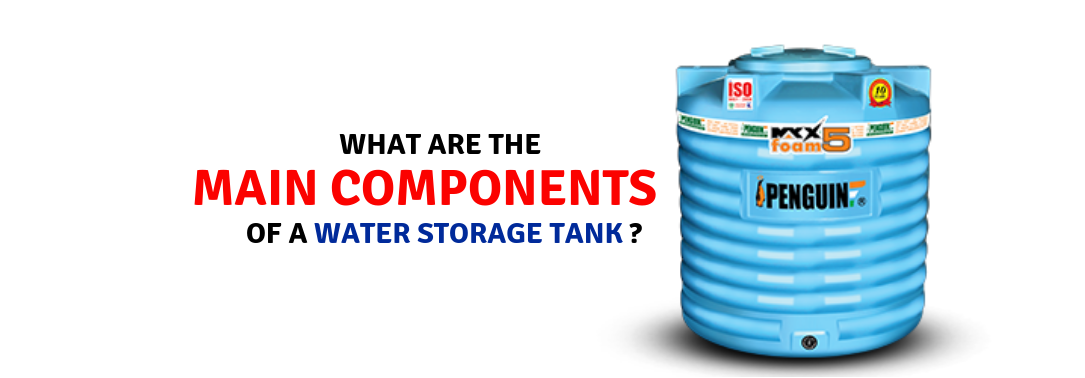Blog
This Monsoon, Learn To Collect Rainwater At Home -Part 2
- May 7, 2021
- Posted by: ptbloguser
- Category: Plastic Water Storage Tank
- No Comments

We have discussed the five methods of collecting rainwater at home in the previous month’s blog here This Monsoon,Learn To Collect Rainwater At Home. This blog will focus on the remaining methods in detail.
Natural Recharge Of Wells And Bore Wells
A recharge pit is one meter in diameter and six meters deep that is linked with concrete rings having perforations. These perforations let filtered and de-silted water seep from the sides increasing the groundwater table. Rooftop rainwater is led through pipes with a filter at the end of the open dug wells.
Rain Reservoir
Rainwater that simply falls on the rooftop is made through run a pipe to a storage facility like a sump or a tank. Later on, this water can be filtered to purify. This water can be used for washing and gardening purposes easily. This method helps in saving energy and a win-win situation for the environment and the economy.
Rainwater Tarp
The rainwater tarp is one of the simplest methods to collect rainwater. A tarp, PVC pipe, and a container or a barrel are required. Check the elevation to make this method work. The elevation shift can take the shape of a slope or a small hill as it will determine the direction through which the water will flow.
Plastic-Lined Pond
A manmade pond can be created in the garden area that should be connected via the gutters and pipes to an elevated structure. First, a pond needs to be constructed that should be at least five feet deep. Then a plastic pond liner can be used over the hole to collect rainwater.
Other Unconventional Methods
There are other unconventional methods by creating or using some old objects at home to make rainwater saving easy and effective for future use. Some of the best examples include watering cans, large drums or pots, old plastic water tanks that are currently not in use, etc. Water stored here can be used for many miscellaneous purposes such as washing the outside of the house, ashing the car or garage, watering the plants, etc.
Therefore, do store rainwater in whichever way you find it convenient. Enjoy the monsoon and install the best quality plastic water tank for your home form Penguin Tank.






 The main use of water irrespective of the nature of the property is for drinking purposes. Drinking water quality is of utmost importance as it’s a matter of our health. Water storage tanks supply us with drinking water 24 x7 and ensure that we always have water available whenever we need. The next important use of water is in the kitchen for cooking. Cooking food is impossible without the use of water.
The main use of water irrespective of the nature of the property is for drinking purposes. Drinking water quality is of utmost importance as it’s a matter of our health. Water storage tanks supply us with drinking water 24 x7 and ensure that we always have water available whenever we need. The next important use of water is in the kitchen for cooking. Cooking food is impossible without the use of water. Another important function of stored water is for cleaning and washing purposes in households and industrial purposes. Washing clothes is a necessity. Cleaning utensils, home and outdoors, etc. are daily activities and impossible without water. Any cleaning activity requires clean water and therefore a plastic water storage tank comes really handy as you always have water stored inside.
Another important function of stored water is for cleaning and washing purposes in households and industrial purposes. Washing clothes is a necessity. Cleaning utensils, home and outdoors, etc. are daily activities and impossible without water. Any cleaning activity requires clean water and therefore a plastic water storage tank comes really handy as you always have water stored inside. Another most important function of water is for gardening and irrigation. You need to water the lawn and garden of your private or commercial property on a daily basis. If you are growing your own fruits and vegetables then clean water from a clean water storage tank is required.
Another most important function of water is for gardening and irrigation. You need to water the lawn and garden of your private or commercial property on a daily basis. If you are growing your own fruits and vegetables then clean water from a clean water storage tank is required.


